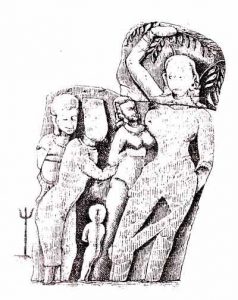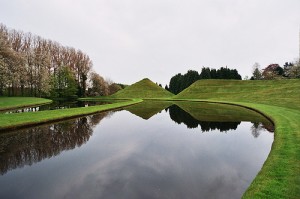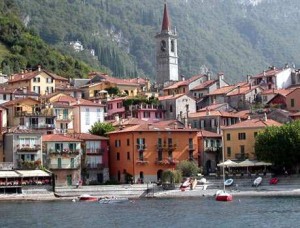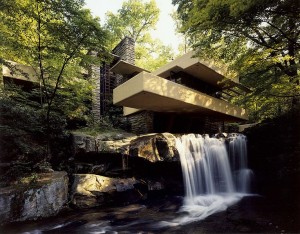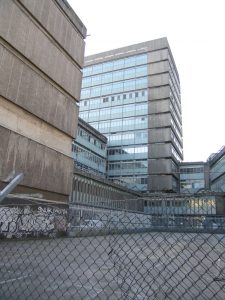Los Angeles? Chicago? Beijing? Delhi? Ankara? Sydney? No: it is a view of Riyadh, in Saudi Arabia, from the Al Faisaliyah Center.
What a wasted opportunity. With so much faith, so much central power and so much wealth…. the designed urban ‘landscape’ could have been so very much better. Even now, they should commission a Strategic Urban Landscape Plan for the city – after running a multi-stage competition to select the best firm.
Although I rather admire the Saudi policy of not issuing tourist visas, it has prevented me from visiting the Kingdom to see if the landscape planning as quite as bad as it appears from this and other photographs. They could have had a landscape plan which was sensitive to:
- Islam
- Climate
- Materials
- Social Customs
- Hydrology
- Ecology
- Etc
What’s more, it would have helped create a more-sustainable landscape in preparation for when Saudi Arabia’s water and oil have been depleted. Both are ‘quarried’ on a non-renewable basis.


